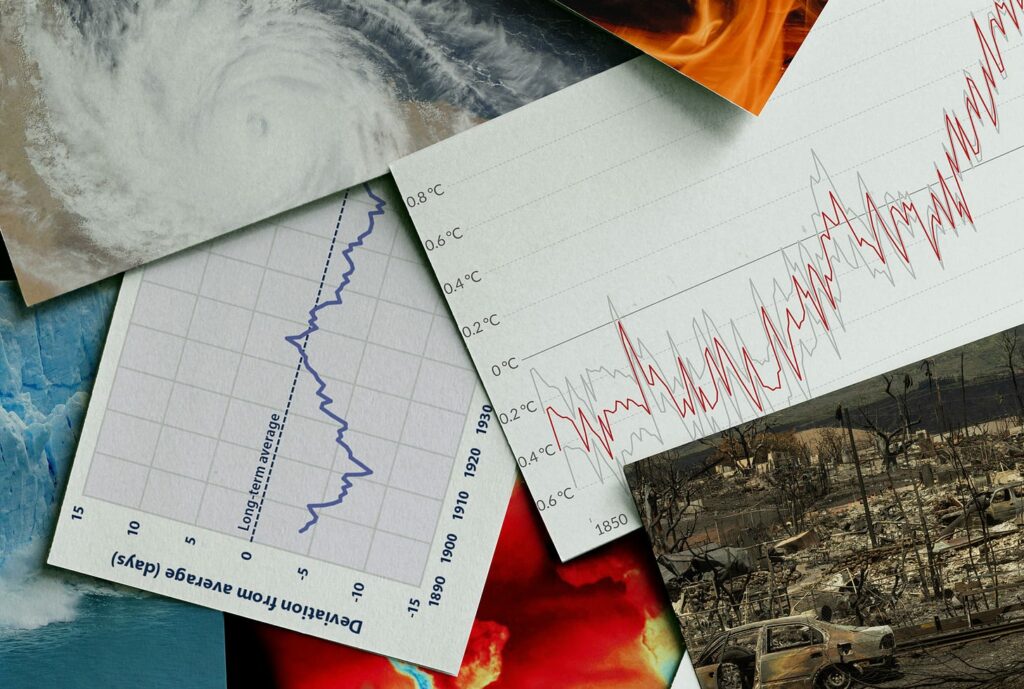This week we refrain from yukking it up over the way climate science declares one thing one day and the opposite the next, even though it will turn out to be what happened, because this episode is more an illustration of the proper workings of science, correcting an error quickly and publicly, than the failures of science journalism over having it both ways. Our topic this week is plants. Lovely green plants that, according to a 2006 study in (where else) Nature, are big emitters of methane, a supposedly horrible greenhouse gas. The study was a surprise to scientists because the conventional view is that plants only release methane when they die and decompose. But here was a study saying, nope, they spew vast quantities of the nasty stuff even when they’re alive. Which, if true, would be quite the conundrum for the greens, who would have to add plants and trees to the list of things they want banned. And it would mean the future is, as always, worse than we thought because now there’s a huge new source of methane emissions we have to deal with. Which the media turned into the usual scare stories to the effect that we’re done for. Until another paper came out the next year and said...
... er, nope. In 2007 some other scientists reported that the 2006 paper had used flawed experimental techniques and got rubbish measurements. They concluded that plants are not emitting methane:
“Data presented here indicate that the contribution of terrestrial plants to global methane emission is very small at best.”
Which meant the proposals to revise the world’s various accounts of methane sources and sinks were not needed, except to the extent they were already out of whack and couldn’t explain past trends.
Now we stop here to offer words of appreciation for the authors of both papers. The first one did some experiments and some calculations and proposed that plants were an unexpected source of methane emissions. If true it would have been big news. But then some other scientists did some more experiments and said no, the earlier findings were not valid.
Which is as far as we have gotten on the issue thus far. For all we know someone might have chimed in a year later and said yes, those ghastly plants really are emitting methane and we need to get rid of them. The point is that this process is how it goes in complex scientific topics like climate change, or at least should. Things are uncertain and this year’s results may be toppled next year.
The problem is that climate journalists don’t write as if it were the case. They have to sell news, and a particular polemical opinion, and the way they try to do so is by taking surprising or even flimsy preliminary results with an alarmist angle and shouting them from the rooftops, then when the opposite finding comes out a year later, they suddenly lose interest in the topic and go silent.
So the science news goes through a filter and the public ends up misinformed. Sometimes scientists themselves are to blame, especially the ones with large loud platforms, but sometimes they are just quietly doing their work and going wherever the data lead them, even when the numbers seem to go back and forth.
It’s an important lesson to remember when the journalists are banging the alarmist drum. Will the same ones report on it when the next study comes out and says something different? Sometimes we actually wish journalists would learn to #HaveItBothWays.


